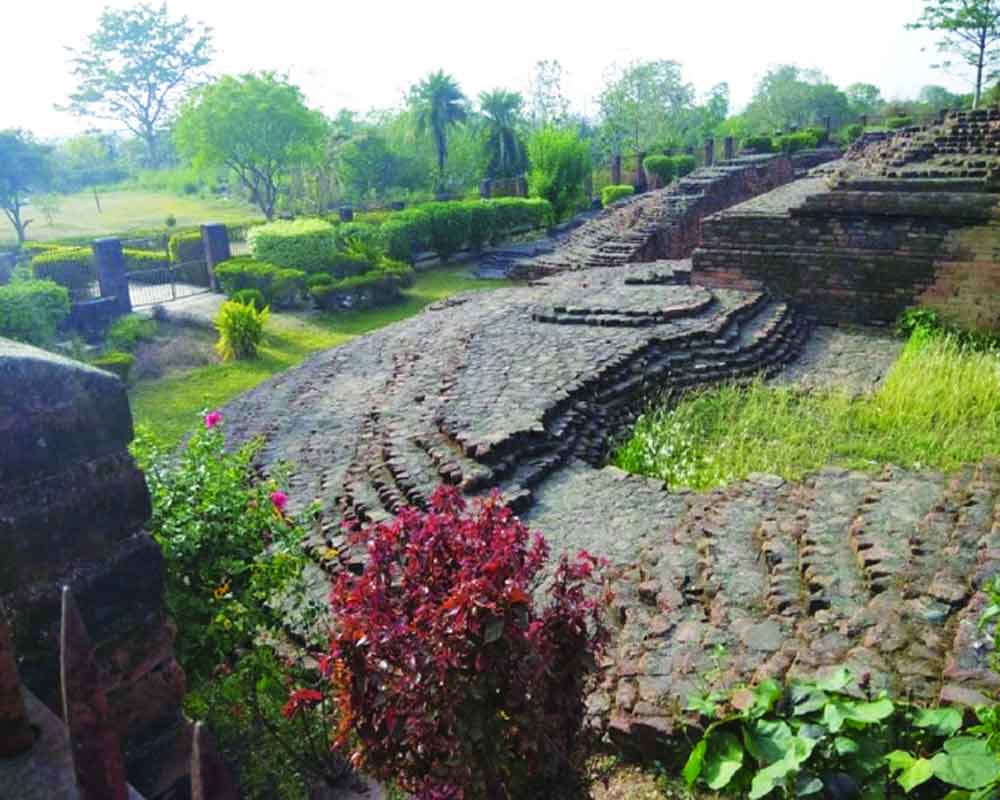It took up to over five decades and a court order for the Archaeological Survey of India (ASI) to issue a final notification to declare historical site Govisana Mound at Kashipur in Udham Singh Nagar district in Uttarakhand as of “national importance”. Interestingly, the preliminary notification for declaring the site of “national importance” was issued way back in 1970.
Last year, the Uttarakhand High Court, on the basis of a petition filed by Kashipur resident Anil Kumar Maheshwari, had sought the removal of encroachments from around monuments of national importance in the State and urged the court to declare Govisana Mound as a national heritage.
Kashipur was known as Govisana, during the time of Harshavardhana (606-647 AD). The ruins of the large settlement of those days can be still seen near the city.
The division bench of acting Chief Justice Rajiv Sharma and justice Manoj Kumar Tiwari of the High Court directed the premier archaeological agency to take over the maintenance of the Drona Sagar Chaiti and Moteshwar Mahadev temples in Kashipur.
According to reports, the ancient mound at Kashipur was identified by Major General Sir Alexander Cunningham, a British Army engineer. He had traced remains of a large structure at Bhim-Gaja, the highest place at the site. The ASI conducted excavations here in 1939-40, 1965-66 and 1970-01 in order to reveal the details of the structure traced by Cunningham.
Excavation revealed substantial part of the plan of the temple built in three different phases. Initially, the temple appears to have started as soiled brick built high platform surmounted possibly by sanctum during Gupta period but later, two encircling walls probably in 6th-7th century AD were laid around it covering it into an extensive and impressive Panchayatana complex.
Since the excavation was aimed to obtain the detail plan of the temple, no attempt was made to reveal the complete cultural sequence of the site; however pottery collected from the site revealed that site remained under occupation from Painted Grey Ware period to the early medieval time. The thick brick debris accumulated against the wall of the temple contained copper coins, copper and glass bangles, copper rings, terracotta and, stone beads, nails and chisels of different periods, according to ASI reports.
However, after issuing the preliminary notification in 1970, the place was forgotten by the ASI that led to illegal encroachments.
Maheshwari petitioned against the encroachments made on the ancient monuments and archaeological sites in Kashipur town. He alleged that the State machinery did not take effective steps and evicted the persons, who have raised construction on the prohibited area/regulated area.


























